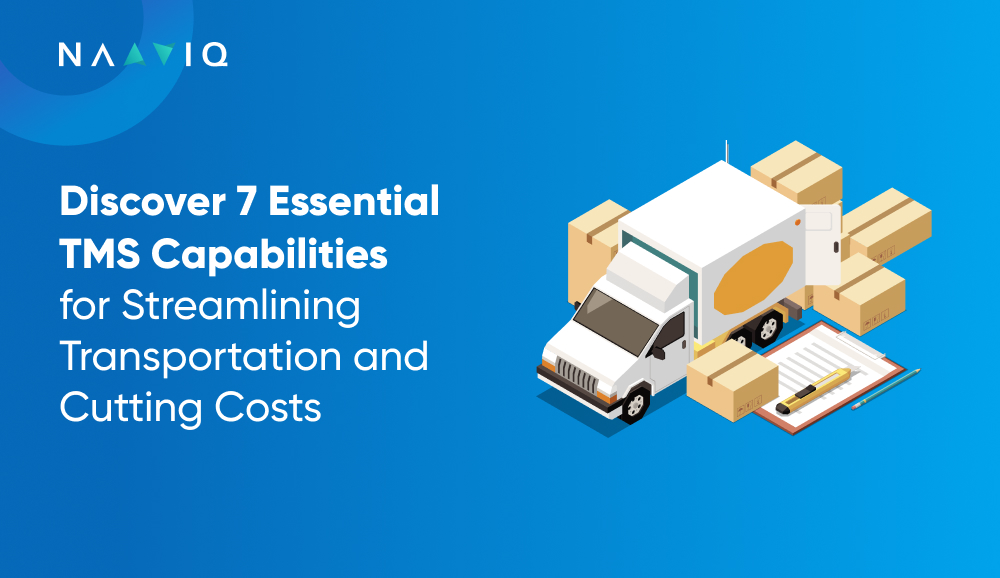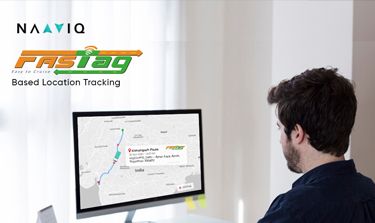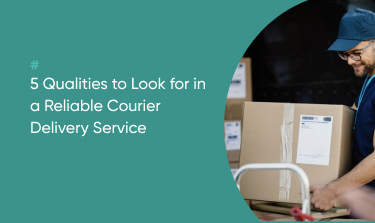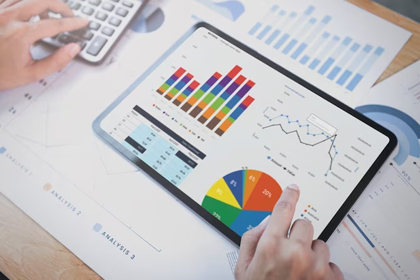The quickening pace of business and ever-increasing competition are making it more and more difficult for companies to introduce their products within the stipulated time frame and to do so economically. As such, a transportation management system (TMS) that is properly installed and operationally effective is essential enabling the business to optimize its logistics, improve visibility and control costs throughout the entire supply chain. In order to improve the quality of customer service and simultaneously reduce the costs of transportation it is of utmost importance for the companies to understand and exploit all TMS functionalities. Here are eight key capabilities of a TMS that can optimize transportation and reduce costs:

1. Automated Carrier Selection and Rate Optimization
An efficient transportation management system (TMS) can take charge of the carrier selection process by automatically picking the most suitable one as per the requirements i.e. cost, service level or delivery time or all of them together. This eradicating the automatic carrier selection process it would help the companies to avoid any instances where they have selected less economical alternatives. Most TMS have rate optimization functionality that allows for the adjustment of carrier rates based on a variety of different carriers without incurring additional costs in order to achieve the best cost-benefit on transportation.
This mechanization doesn’t just minimize the efforts and errors rather it cuts down the costs of transportation in general. Furthermore, it allows organizations to leverage the use of TMS data in carrier negotiations for more favorable deals.
2. Load Planning and Consolidation
Said consolidation is a measure that helps cut down the costs incurred in transportation. Most if not all TMS incorporates sophisticated load planning tools which boost and increase the efficiency in the use of the vehicles and cut down on pulling empty miles and increasing load factors. This enables organizations to move more goods with a lower cost in fuel, man hours, and number of vehicles needed.
Despite the obvious financial health benefits load consolidation creates it is also a step towards a more environmentally responsible approach to transport by reducing the number of trips that are made thereby cutting down greenhouse gas emissions and improving transport efficiency.
3. Route Optimization and Dynamic Routing
Routing is one of the most useful features of a TMS. When optimizing routes, other elements such as fuel expended, toll paid, traffic flow and timing of delivery are taken into account so that the best possible route for any given load is determined. TMS solutions that incorporate dynamic routing support can change the routing in the course of a shipment based on real-time developments like traffic jams, road accidents or adverse weather conditions.
Since the deliveries will be done in the least time possible through the most effective routes, there will be reduced fuel costs, less overtime for drivers and improved on-time delivery performance.
4. Freight Audit and Payment Automation
Dealing with freight invoices comes with its own challenges and can take plenty of time, and more often than not, the process is riddled with mistakes leading to overpayments. A TMS with freight audit capabilities automates the reviewing stage of the freight bills ensuring the charges are in line with the services rendered and the rates agreed upon. Billing differences are therefore eradicated and the chances of paying twice or incorrectly are greatly reduced.
Automated payment solutions also aid in optimizing the disbursement stages by lowering operating expenses and enabling the redirection of human capital away from this area to other strategic activities.
5.Real-time Visibility and Tracking
The importance of being able to monitor the movement of products in a Logistics management system software TMS cannot be understated. By being able to see everything in real-time visibility, an organization is able to keep track of the current progress of all their shipments anywhere within the course of the shipment. This enables decision making nowadays and in business and helps managers deal with challenges such as delays, damaged goods or even failure to deliver goods in time, without letting the situation worsen.
Furthermore, instantaneous monitoring improves customer satisfaction since delivery shippers and their customers are in constant communication due to the regular and accurate provision of delivery progress updates.
6. Inventory and Warehouse Management Integration
A complete TMS is able to connect with inventory management systems as well as warehouse management systems. This helps in coordinating the flow of inbound and outbound logistics, thus minimizing the lag or inefficiency at the warehouse level. It also helps to mitigate the risk of excessive or insufficient stock by helping manage transportation as per the situation of stock in hand.
As an example, when a TMS works with a Warehouse Management System WMS , it enables the scheduling of shipments in such a way that products reach the warehouse only when there is little inventory left, thus reducing storage space and increasing efficiency.
7. Data Analytics and Reporting
In the contemporary age, where everything responds in terms of data, the capacity to gather and make sense of transportation data for action is priceless. A tactical management system (TMS) equipped with an advanced level of analytics allows a company to measure metrics that include, but are not limited to, transportation costs, carrier performance, and time taken for deliveries. Such analytics encourage corporations to find waste, set performance targets and achieve them with the use of analysis for the improvement of transportation strategies.
Predictive analytics is beneficial for organizations as it enables them to predict future demand, improve their planning, as well as reduce the risk of disruptions, thereby minimizing transportation costs in the long run.
How NaaviQ’s TMS Can Help
At NaaviQ, we recognize that every business has transportation operations that should be streamlined, which poses its own set of challenges. Therefore, we have crafted our Transportation Management System to incorporate stage-wise solutions that are efficient and cost-effective. With functionalities such as concerns such as automated carrier selections, in-transit tracking, and freight auditing, NaavIQ TMS helps companies operate more efficiently and effectively in logistics, reducing logistics costs altogether.
While optimizing the supply chain, improving service levels and guaranteeing savings over time are some of the benefits they provide to the users of NaaviQ’s TMS Solutions. No matter the size of the business, whether a small or a multinational company, managing and optimizing transportation is not in any way complicated with the right systems in place.
Conclusion
In this day and age, with so many companies on the same line of production, the effect of expense cannot be ignored. This is due to the fact that these expenses are deleted when the advanced features of a TMS are used. Whether it be cost management or increased visibility in logistics processes, such a system is run prior to the last activity. The appropriate TMS provides various means to optimize their operations, improve the service level, and most importantly, reduce their expenses significantly starting from the regular travel plans to maintenance of transport vehicles and tracking services.
With the continuous growth and development of companies, it is important to acknowledge that having a trustworthy TMS solution is no longer an option, but a requirement. NaaviQ’s TMS is here to see you through these problems and advance your transportation operations. For any additional questions or services, please get in touch with us via email atinfo@naaviq.com.




